These 15 Retailers Need a Merry Christmas

These 15 Retailers Need a Merry Christmas
A make or break season for some
The holiday season is almost upon us, the biggest time of year for the retail industry. The rush to buy gifts for Christmas, Hanukkah, and other holidays, as well as festivities like office parties, mean most Americans loosen their purse strings to spend on gifts like clothes, electronics, jewelry, toys, and other items. The result is often a frenzy at stores and malls across the country
These days, however, it’s become even more essential for retailers to capture the onslaught of business that hits local malls and shopping corridors every December as a broad range of retailers are increasingly threatened by the rise of e-commerce.
Click through to see 15 retailers that need to capitalize on this holiday season .
Previous
Next
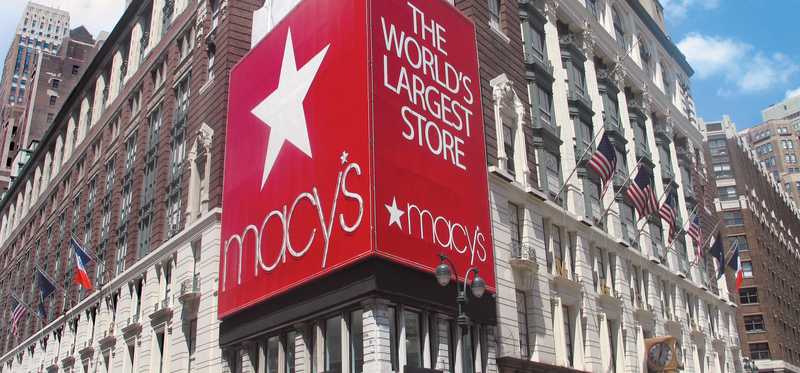
1. Macy's
No retailer may be more symbolic of the holiday season than Macy’s (NYSE: M). The venerable department store chain kicks off the festive time of year with its famous Thanksgiving Day parade and it’s well known for its decorative windows in downtown locations in cities like New York and Chicago.
However, shoppers and investors are losing faith in the chain. Macy’s has been closing stores -- it just announced that its downtown Seattle location will shutter after the holiday season -- and the stock is trading near 10-year lows.
A strong performance over the holidays would help Macy’s stave off further store closings and restore investor faith in the company as the department store chain still commands $25 billion in annual sales.
Previous
Next

2. Gap
Twenty years ago Gap (NYSE: GPS) was the king of retail. Its jeans and sweatshirts were staples in American closets, but the rise of fast-fashion retailers like H&M and Uniqlo has taken the shine off of Gap, which also owns Banana Republic and the soon-to-be-spun-off Old Navy, and it’s struggled to evolve.
Today, Gap is losing customers and closing stores. In its most recent earnings report, comparable sales fell 7% at Gap stores, or 12% on a two-year basis. Meanwhile, comparable sales at Banana Republic dipped 3% in the quarter.
The company has already announced plans to close 130 Gap-brand stores this year as it resets its business, and it could desperately use a win over the holidays to at least show a hint of the turnaround. With the corporate business about to lose Old Navy, its strongest brand, Gap’s own challenges will become even more clear to investors.
Previous
Next

3. Nordstrom
Like many of its peers, the high-end department store chain Nordstrom (NYSE: JWN) is also struggling these days. Sales have suddenly slowed at both its full-line department store chain and its off-price Rack brand, which had long been a source of growth. Even online sales, which make up nearly a third of the company’s business, have nearly ground to a halt.
Nordstrom is counting on a strong holiday season to reverse that trend, but that’s not all. The company is also opening its new flagship store in Manhattan later this month, which management expects to be its highest-volume location A successful opening there could help lift the brand and deliver the kind of fourth-quarter growth that the stock, which is down about 50% over the last year, very much needs.
Previous
Next

4. J.C. Penney
Few retailers are in as dire a position as J.C. Penney (NYSE: JCP) heading into the holiday season. The department store chain has steadily eroded sales over the last several years and has been struggling to turn a profit. Meanwhile, a $4 billion debt burden has also prevented the company from enacting the kind of bold initiatives that might turn around the business. Penney even got notice from the New York Stock Exchange that the stock could be delisted if shares remain under $1, which could force it do a reverse split.
However, the company showed some signs of life recently when CEO Jill Soltau, who joined the company a year ago, announced a new outdoor brand and a set of outdoor shops that just launched in 100 stores. The move could take advantage of the “athleisure” boom and shows her focus is squarely on apparel, the company’s biggest business.
The holiday season will be the biggest test yet for her strategy as the company badly needs to show signs of improvement after comparable sales plunged 9% in the second quarter.
Previous
Next

5. Bed Bath & Beyond
Bed Bath & Beyond (Nasdaq: BBBY), the home goods big-box chain that also owns brands including Buy Buy Baby and World Market, may be the poster child for the retail apocalypse.
The company has spent profligately on share buybacks even as the core business has been spiraling into disrepair. The company has also been without a permanent CEO for five months now, and is limping into the holiday season following an ugly second-quarter earnings report that included a comparable sales decline of 6.7% and a loss of $138.8 million, or $1.12 per share, which included restructuring costs for transformation initiatives that included severance costs and inventory write-downs. Adjusting for those, the company had a profit of $0.34 per share in the quarter.
Like many retailers, the holiday season is a big time of year for Bed Bath & Beyond as it generates a majority of its profits in the holiday quarter.
It’s crucial that the company shows signs of improvement in the coming months, especially as it needs to attract a skilled leader to direct its turnaround.
Previous
Next
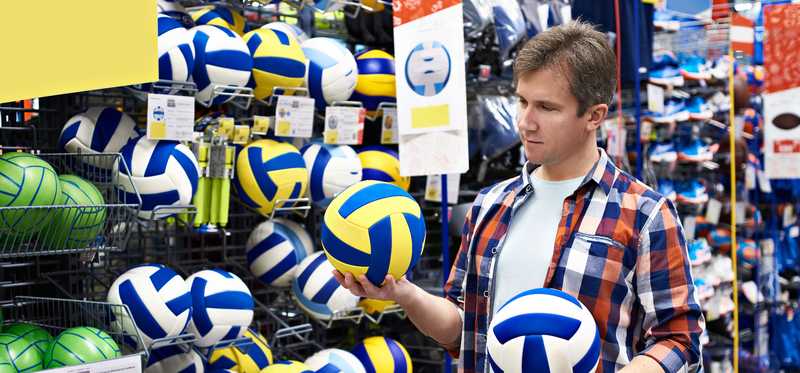
6. Dick's Sporting Goods
The past few years have not been kind to sporting goods retailers as a number of chains have gone bankrupt, including Sports Authority, Eastern Mountain Sports, and Gander Mountain. That shakeout has made Dick’s Sporting Goods (NYSE: DKS) the clear leader in the industry, but the retailer is also pressured by the same market forces that put its rivals out of business.
The stock has performed well this year, gaining 23%, and its most recent earnings report was encouraging as comparable sales rose 3.2% and the company lifted its earnings guidance.
However, key suppliers like Nike have seen where the market is going and are making efforts to build their own direct-to-consumer businesses both through online sales and their own stores. Nike’s direct sales now make up 32% of the brand’s revenue and are significantly outgrowing wholesale revenue.
Dick’s has found some success with private-label brands like Field & Stream, and growth in that category will be key as brands like Nike become less dependent on it.
This holiday season will be an important test for Dick’s momentum and its private-label strategy.
Previous
Next

7. Kohl's
Like its department store peers, Kohl’s (NYSE: KSS) isn’t in such good shape these days. Though the company has resisted closing stores the way chains like Macy’s have, Kohl’s has also seen sales slide of late as comparable sales fell 2.9% in its most recent quarter and the stock is down about 30% this year.
Kohl’s has also forged a partnership with Amazon, a surprising move for a traditional retailer, as the company expanded the Amazon Returns program to all of its stores in July. This holiday season will be the biggest test yet of that strategy as Kohl’s is hoping that the increased traffic from returns to the e-commerce giant will lead to a bump in sales in its stores.
Previous
Next
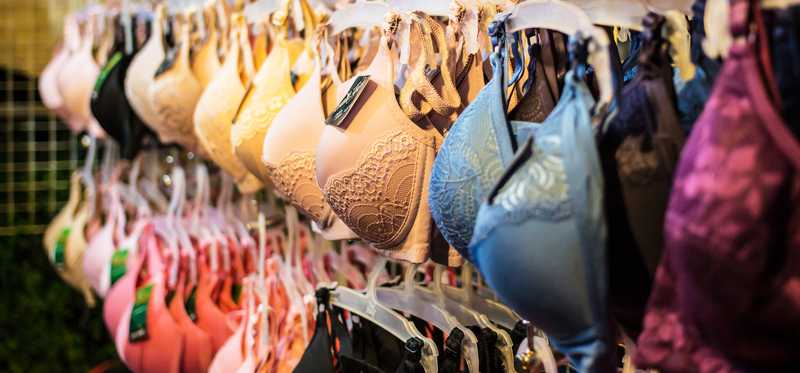
8. Victoria's Secret
The L Brands (NYSE: LB) subsidiary has been in free fall in recent years as Victoria’s Secret’s traditional image and marketing tactics have proven out of step with the current culture during the #MeToo era.
Comparable sales fell 6% through the first two quarters at Victoria’s Secret and the stock is down about 40% over the past year. Management said earlier this year it would shutter 53 stores.
However, the holidays are an especially important time for the company as its sales spike around gift-giving times ahead of Christmas and Valentine’s Day.
Last year, about three quarters of its annual profits came during the fourth quarter, meaning a strong performance during the holidays could easily make up for a disappointing start to the year.
Previous
Next

9. Children's Place
Children’s apparel retailer Children’s Place (NYSE: PLCE) has seen its stock price get chopped in half over the last year as rival Gymboree declared bankruptcy and liquidated all of its stores. Though that news would seem to be favorable for Children’s Place over the long term, the liquidation hammered the company’s performance over the first half of the year as comparable sales fell 4.2% and earnings tumbled, causing investors to flee the stock.
However, Children’s Place has a chance to redeem itself during the key back-to-school and holiday seasons when the company makes the vast majority of its profits. The retailer expects to return to growth in the third quarter, and a strong performance during the holidays would help to restore investor confidence and could send the stock soaring to its previous heights.
Previous
Next

10. DSW
The company formerly known as DSW is now Designer Brands (NYSE: DBI) following its rebranding announcement in March. That came after its acquisition of Camuto Group a year ago.
While Designer Brands is clearly repositioning itself in the fast-changing industry, the acquisition so far hasn’t played out like it hoped.
The stock has fallen about 50% over the last year with gross margin and comparable sales both declining. However, at the time of its rebranding, management announced a bold goal, eyeing earnings per share of $2.65-$2.75 in 2021, up more than 50% from the $1.66 it made last year.
If the company can execute on that target, the stock will surely bounce back, but the first step to doing so is delivering this holiday season, the first since the company has integrated Camuto Group.
Previous
Next

11. Express
Like many mid-range apparel retailers, Express (NYSE: EXPR) finds itself in a difficult position these days. The company’s mall-based locations are struggling amidst a general decline in mall traffic, and the brand lacks a distinct presence on the web.
As a result, the stock has collapsed, falling about 70% over the last year. In its most recent earnings report, comparable sales fell 6% and its bottom-line result flipped to a loss.
Current CEO Tim Baxter joined the company in June and the fourth quarter is the only quarter this year the company is expected to deliver a profit. It’s key that the company show improvement in the fourth quarter if the stock is going to make a comeback.
Previous
Next
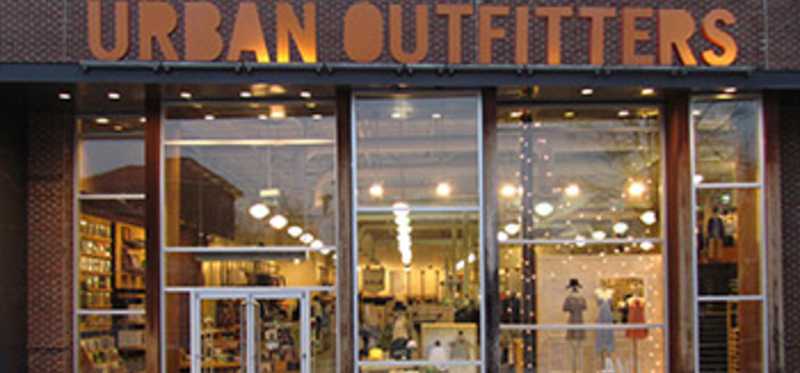
12. Urban Outfitters
Urban Outfitters (NYSE: URBN) CEO Richard Hayne was among the more blunt in the industry in assessing the retail apocalypse. Two years ago, he likened the excessive number of retail stores in the industry to the housing bubble of a decade ago, predicting stores would close en masse.
Urban itself, which is also the parent of Anthropologie and Free People, has focused on building campus-like shopping centers to offer customers shopping, dining, and live events like concerts.
The good news for investors is that the stock has actually been on the upswing of late following an analyst upgrade. However, comparable sales fell by 3% in its most recent quarter, with drops at both Anthropologie and Urban Outfitters, its two biggest chains.
The market is clearly counting on an upswing in the second half of the year as the stock has already risen 40% since its bottom in August.
Previous
Next

13. GameStop
It’s hard to understate what a difficult position GameStop (NYSE: GME) finds itself in today. The company once had a thriving business renting and selling video games, but cartridge-based games have been falling out of fashion in favor of those that can simply be downloaded, like Fortnite.
GameStop shares are down more than 60% over the past year, as comparable sales plunged 11.6% in its most recent earnings report and the company said it would close 200 stores.
At the same time, management announced a turnaround strategy, which includes becoming the social and cultural hub for gaming, improving core efficiencies, and building its digital platform.
The holidays are by far the most profitable time of the year for the gaming retailer, and it will be especially important this year for the company to show evidence that its turnaround strategy is gaining traction.
Previous
Next
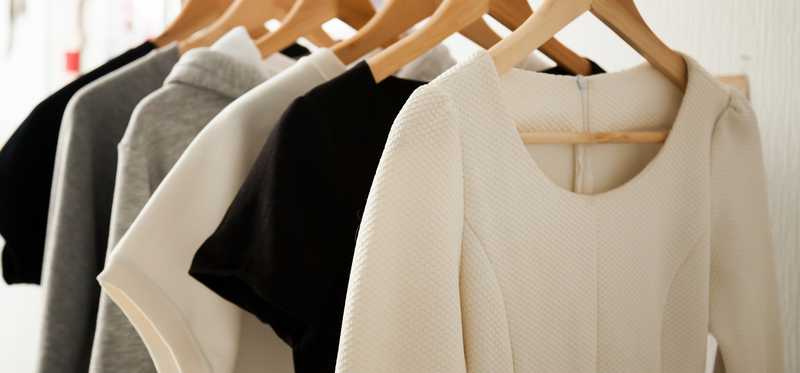
14. Chico's FAS
Like Express and a number of other apparel retailers, Chico’s FAS (NYSE: CHS) is struggling to find a niche in today’s environment. In its most recent quarter, comparable sales companywide fell 6.1% even as it closed 53 stores.
Chico’s is the parent of White House Black Market and Soma, as well as its namesake chain. Though Soma is growing quickly, with comps up by double digits in the second quarter, its two principal chains are significantly challenged.
Chico’s stock has fallen more than 50% over the past year, and it thus far seems unable to make progress with its turnaround plan.
Execution over the holiday season would give the company a much better chance at recovery.
ALSO READ: 2 Ultra-High-Yield Dividends That May Be on Their Deathbeds
Previous
Next

15. Party City
It shouldn’t be surprising to find the party-themed retailer on this list. After all, Party City (Nasdaq: PRTY) counts on holidays like Halloween and Christmas to drive much of its sales as its stores are a go-to destination for theme parties.
However, lately the stock hasn’t looked so festive to investors. Shares have slumped as the company has dealt with challenges related to a helium shortage -- balloons are a significant part of its business -- and the general retail malaise.
The stock has fallen more than 50% over the last year; it’s announced store closings, and comparable sales fell 2.1% in its most recent quarter.
The good news for Party City is that things should be looking up with Halloween and Christmas coming up as the company makes more than half of its profit during the fourth quarter.
A strong performance could lift the stock as shares look cheap according to conventional metrics.
Previous
Next

Will the economy hold up?
Around this time last year, the stock market crashed on fears of a recession and a trade war. We’re only a few days into October but there are already concerning signs about a possible repeat. Reports show growth in the manufacturing sector is at its worst in 10 years, and a new round of tariffs were just implemented at a time when retailers like those previously mentioned can barely afford them.
Meanwhile, political challenges like Brexit and the impeachment inquiry of President Trump loom, which could spoil the economy and therefore depress consumer spending.
These retailers will need a strong economy to continue through the holidays in order to maximize the potential of the once-a-year shopping boom.
John Mackey, CEO of Whole Foods Market, an Amazon subsidiary, is a member of The Motley Fool’s board of directors. Jeremy Bowman owns shares of Amazon, Nike, Nordstrom, and The Children’s Place. The Motley Fool owns shares of and recommends Amazon and Nike. The Motley Fool owns shares of GameStop. The Motley Fool recommends Designer Brands Inc. and Nordstrom. The Motley Fool has a disclosure policy.
Previous
Next
Invest Smarter with The Motley Fool
Join Over Half a Million Premium Members Receiving…
- New Stock Picks Each Month
- Detailed Analysis of Companies
- Model Portfolios
- Live Streaming During Market Hours
- And Much More
READ MORE
HOW THE MOTLEY FOOL CAN HELP YOU
-
Premium Investing Guidance
Market beating stocks from our award-winning service
-
The Daily Upside Newsletter
Investment news and high-quality insights delivered straight to your inbox
-
Get Started Investing
You can do it. Successful investing in just a few steps
-
Win at Retirement
Secrets and strategies for the post-work life you want.
-
Find a Broker
Find the right brokerage account for you.
-
Listen to our Podcasts
Hear our experts take on stocks, the market, and how to invest.
Premium Investing Services
Invest better with The Motley Fool. Get stock recommendations, portfolio guidance, and more from The Motley Fool's premium services.